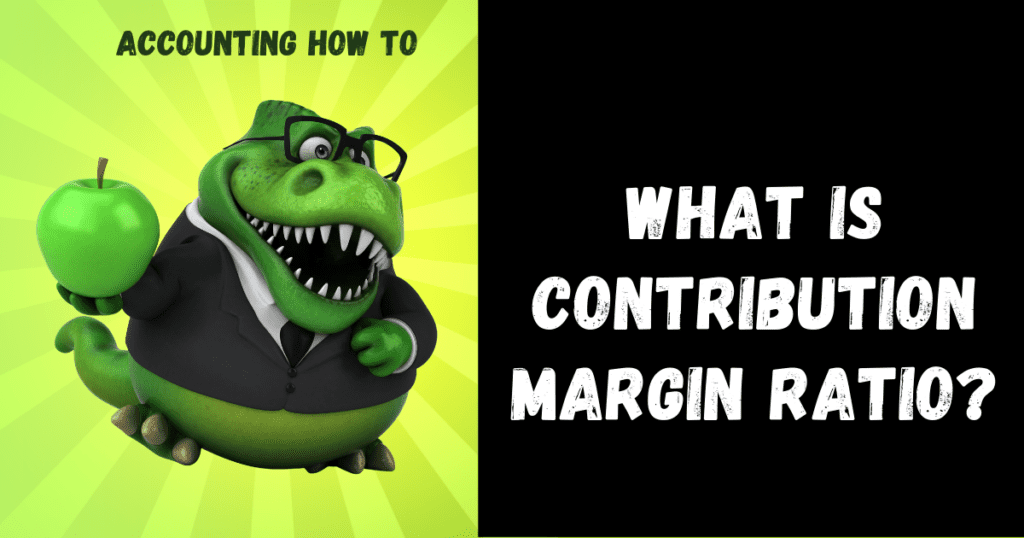Your No1 source for Latest Entrance Exams, Admission info

In Bob’s case, that $1000 is the cash he has left after covering the costs of ingredients (variable costs) for his bagels. This is the money Bob can use for covering fixed costs, like the rent for his bakery or his snazzy new bagel-making machine. You might wonder why a company would trade variable costs for fixed costs.
With a high contribution margin ratio, a firm makes greater profits when sales increase and more losses when sales decrease compared to a firm with a low ratio. Let’s take what is a mortgage suspense account another contribution margin example and say that a firm’s fixed expenses are $100,000. The contribution margin (CM) is the amount of revenue in excess of variable costs.
For instance, in Year 0, we use the following formula to arrive at a contribution margin of $60.00 per unit. The 60% CM ratio implies the contribution margin for each dollar of revenue generated is $0.60. The insights derived post-analysis can determine the optimal pricing per product based on the implied incremental impact that each potential adjustment could have on its growth profile and profitability. If the contribution margin is too low, the current price point may need to be reconsidered.
You can use contribution margin to help you make intelligent business decisions, especially concerning the kinds of products you make and how you price those products. Imagine that you have a machine that creates new cups, and it costs $20,000. To make a new cup, you have to spend $2 for the raw materials, like ceramics, and electricity to power the machine and labor to make each product.
A high contribution margin indicates that a company tends to bring in more money than it spends. Using the provided data above, we can calculate the price per unit by dividing the total product revenue by the number of products sold. On the other hand, the gross margin metric is a profitability measure that is inclusive of all products and services offered by the company. However, the contribution margin facilitates product-level margin analysis on a per-unit basis, contrary to analyzing profitability on a consolidated basis in which all products are grouped together. A low margin typically means that the company, product line, or department isn’t that profitable. An increase like this will have rippling effects as production increases.

Knowing how to calculate the contribution margin is an invaluable skill for managers, as using it allows for the easy computation of break-evens and target income sales. This, in turn, can help people make better decisions regarding product & service pricing, product lines, and sales commissions or bonuses. A contribution margin analysis can be done for an entire company, single departments, a product line, or even a single unit by following a simple formula. The contribution margin can be presented in dollars or as a percentage. A firm’s ability to make profits is also revealed by the P/V ratio.
It is calculated by dividing the contribution margin per unit by the selling price per unit. If you need to estimate how much of your business’s revenues will be available to cover the fixed expenses after dealing with the variable costs, this calculator is the perfect tool for you. You can use it to learn how to calculate contribution margin, provided you know the selling price per unit, the variable cost per unit, and the number of units you produce. The calculator will not only calculate the margin itself but will also return the contribution margin ratio. For the month of April, sales from the Blue Jay Model contributed \(\$36,000\) toward fixed costs.
Variable costs, on the other hand, increase with production levels. The contribution margin tells us whether the unit, product line, department, or company is contributing to covering fixed costs. Now, add up all the variable costs directly involved in producing the cupcakes (flour, butter, eggs, sugar, milk, etc). Leave out the fixed costs (labor, electricity, machinery, utensils, etc). Yes, the Contribution Margin Ratio is a useful measure of profitability as it indicates how much each sale contributes to covering fixed costs and producing profits.
With a contribution margin of $200,000, the company is making enough money to cover its fixed costs of $160,000, with $40,000 left over in profit. To convert the contribution margin into the contribution margin ratio, we’ll divide the contribution margin by the sales revenue. Think of the contribution margin as the financial fuel for your business engine.
Leave a Reply